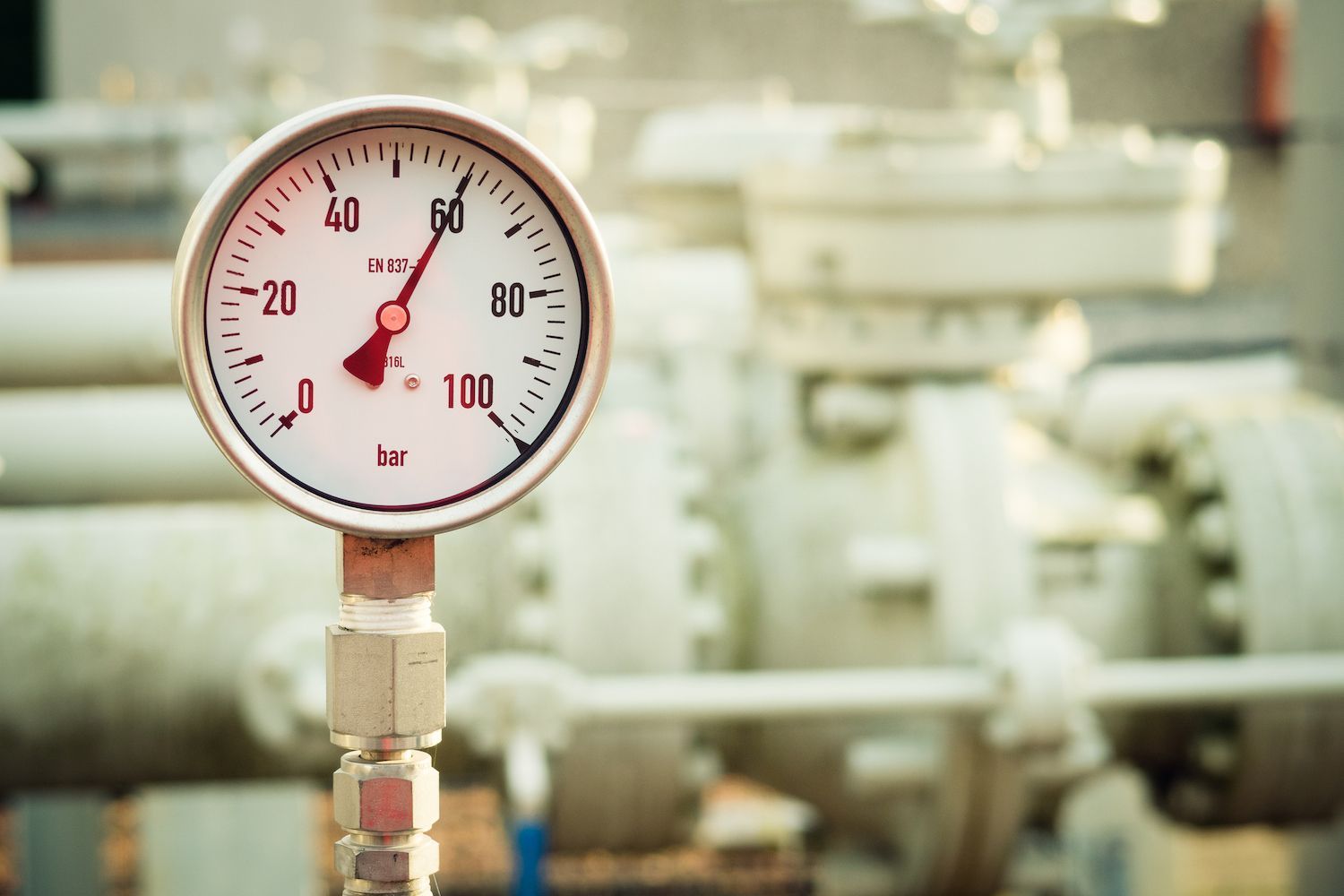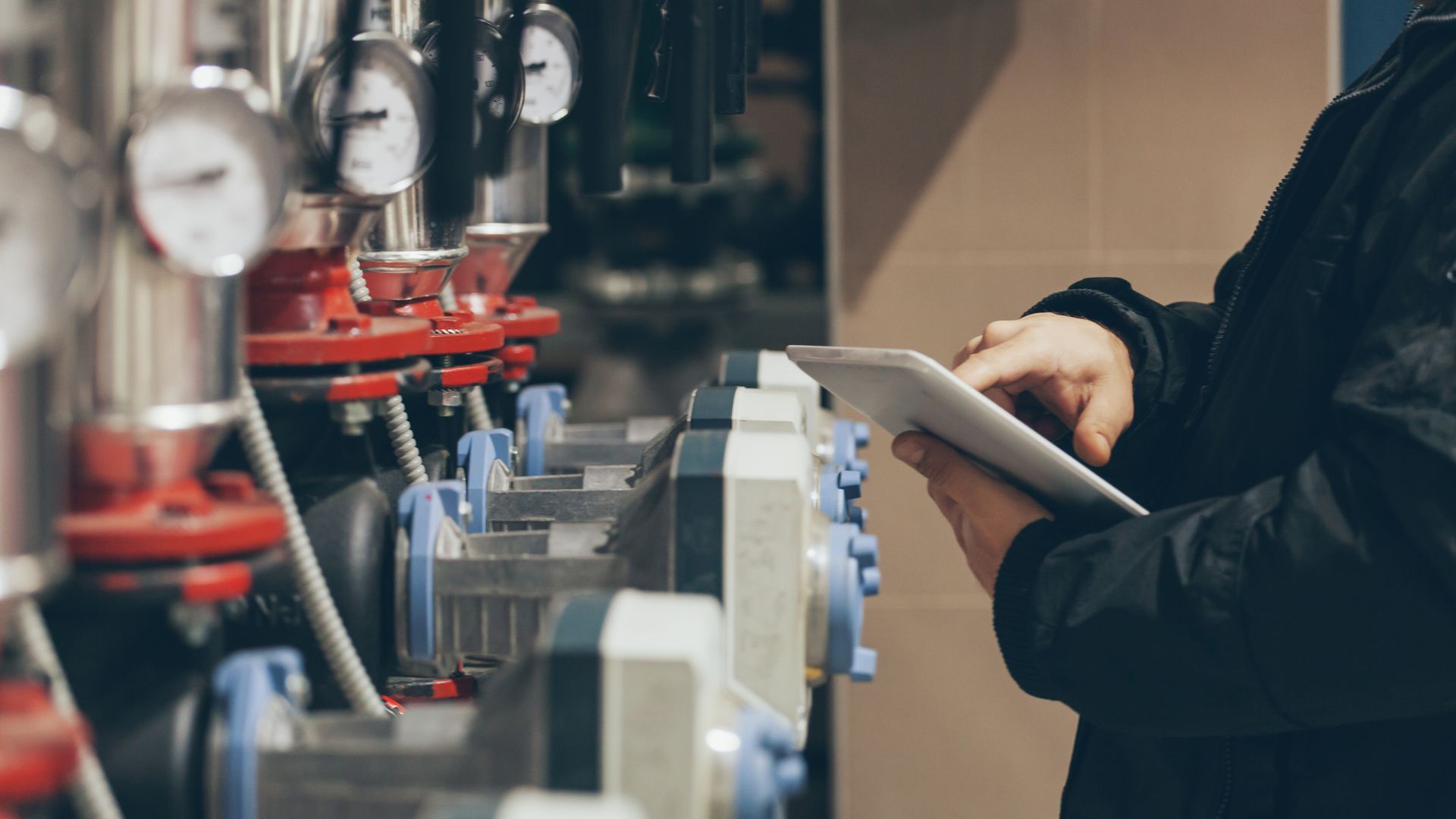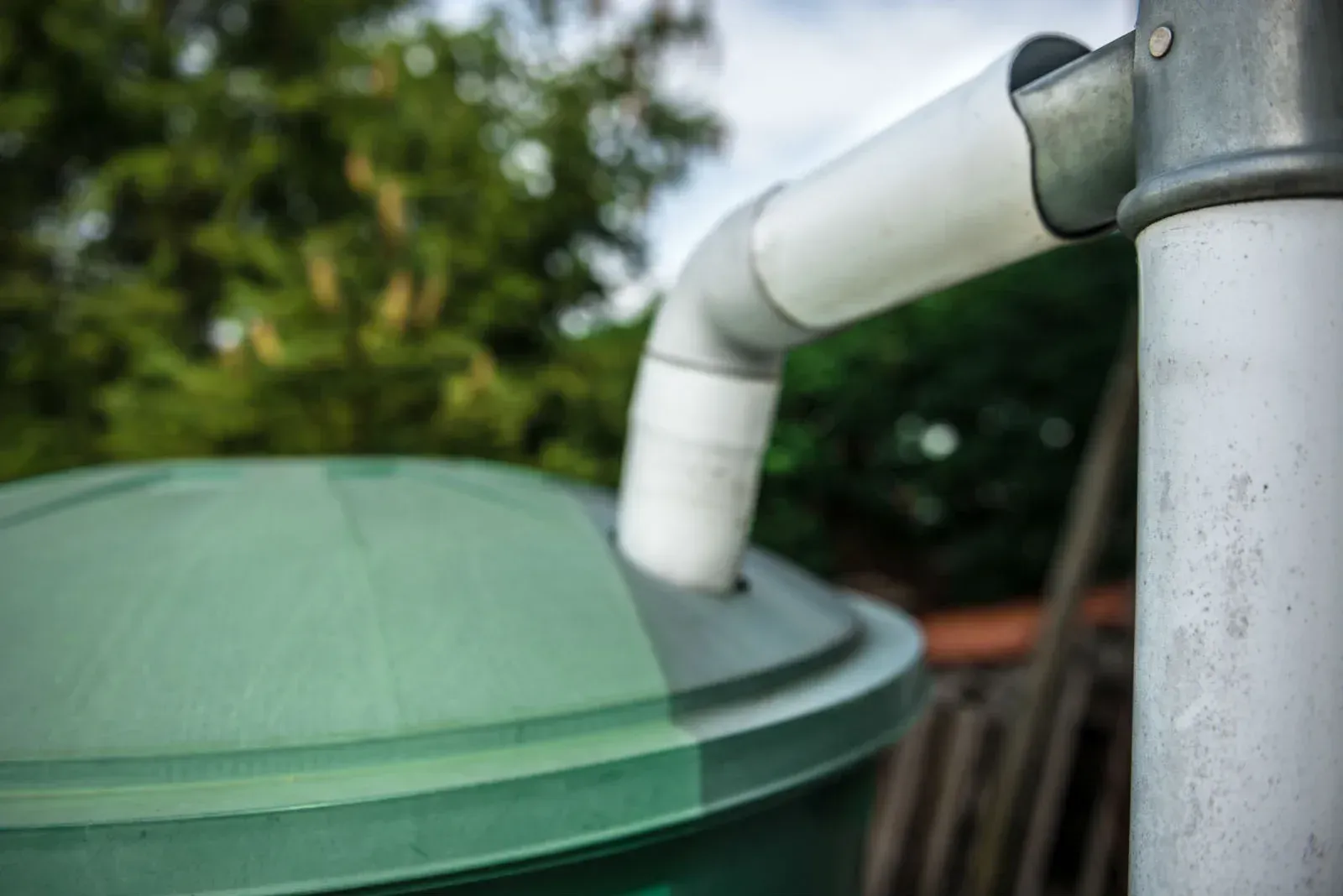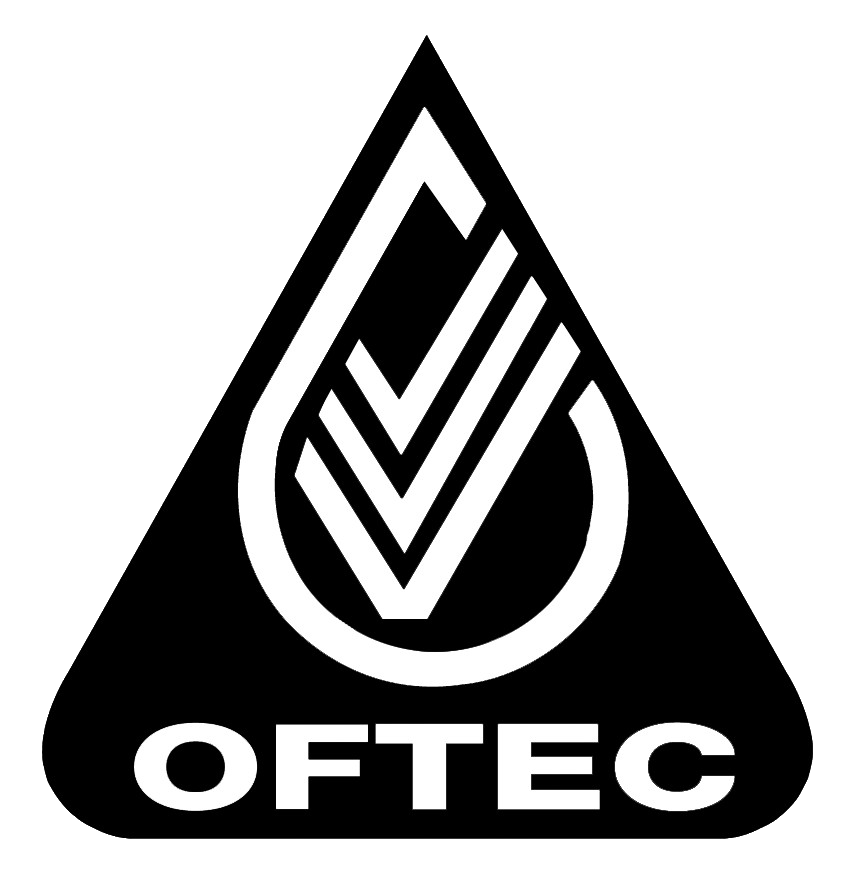Legionella Risk Assessments Explained
Waterborne diseases pose a serious threat to public health, and Legionella bacteria, responsible for Legionnaires' disease, can be extremely harmful. Legionella risk assessments are crucial to help manage this dangerous risk. Read on as we delve into the importance of Legionella risk assessments, their process, and the benefits they offer in ensuring the safety of water systems.
What are Legionella bacteria?
Legionella bacteria are a type of bacteria that can cause a severe form of pneumonia known as Legionnaires' disease. They are commonly found in freshwater environments such as lakes and rivers, but can also be present in man-made water systems like hot tubs, cooling towers, and plumbing systems. Legionella bacteria can be inhaled in the form of tiny droplets of water, leading to infection in the lungs. It is important to note that not all strains of Legionella bacteria cause illness, but certain species, such as Legionella pneumophila, are known to be pathogenic to humans.
What are the implications of leaving Legionella untreated?
Leaving Legionella untreated can have serious implications for public health. If a person is exposed to the bacteria and develops Legionnaires' disease, they may experience severe symptoms such as high fever, cough, shortness of breath, muscle aches, and headaches. In some cases, the illness can lead to complications like respiratory failure, organ damage, or even death, particularly in individuals with weakened immune systems or underlying health conditions.
It’s essential to understand that if a contaminated water source is not properly identified and treated, it may continue to spread the bacteria, putting others at risk. This is why it is important to promptly identify and address any potential sources of Legionella contamination, particularly in high-risk settings such as hospitals, nursing homes, and other healthcare facilities. Remember, there may also be legal implications for failing to address Legionella contamination.
What is a Legionella risk assessment?
A Legionella risk assessment is a thorough evaluation of water systems and processes to identify potential risks associated with Legionella bacteria. It is designed to assess the likelihood of Legionella growth and transmission within a particular facility or environment and to develop appropriate control measures to prevent or minimise the risk of Legionella-related illnesses, such as Legionnaires' disease.
The risk assessment typically involves a review of various factors, including:
Identification of potential sources
The assessment begins with identifying all water systems and sources within the facility that could potentially harbour Legionella bacteria, such as cooling towers, hot water systems, showers, whirlpools, decorative fountains, or any other systems that produce water droplets or aerosols.
Evaluation of risk factors
The assessor examines various risk factors that contribute to the growth and transmission of Legionella, such as water temperature, stagnation, presence of biofilms, nutrient availability, and potential for aerosol generation.
Assessment of control measures
The effectiveness of existing control measures in place to prevent Legionella growth and transmission is evaluated. This includes assessing factors such as temperature control, disinfection methods, cleaning and maintenance procedures, and monitoring protocols.
Identification of potential hazards
The assessor identifies any potential hazards or deficiencies in the water systems that could contribute to Legionella growth, such as inadequate system design, poor maintenance, or lack of employee training.
Development of risk management plan
Based on the findings of the assessment, a risk management plan is developed. This plan will outline specific measures to minimise or eliminate the identified Legionella risks, including recommendations for system modifications, maintenance protocols, water treatment strategies, and monitoring schedules.
Review and monitoring
Regular reviews and monitoring should be conducted to ensure the ongoing effectiveness of the risk management plan. This may involve periodic re-assessment, water sampling and testing, and continuous evaluation of control measures.
What are the benefits of conducting a water risk assessment?
A Legionella risk assessment offers several benefits, including:
Identification of potential risks
A Legionella risk assessment helps identify specific areas within water systems where Legionella bacteria could potentially grow and spread. By pinpointing these risks, it becomes possible to implement targeted control measures to prevent or minimise the growth and transmission of Legionella. This proactive approach can help prevent outbreaks and protect the health of individuals who may come into contact with the contaminated water.
Prevention of Legionnaires' disease
Legionnaires' disease is a severe form of pneumonia caused by Legionella bacteria. By conducting a risk assessment and implementing appropriate control measures, the likelihood of Legionella-related illnesses can be significantly reduced. This is especially important in settings such as healthcare facilities, hotels, or other places where large numbers of people may be exposed to contaminated water sources.
Compliance with regulations and guidelines
Many countries have specific regulations and guidelines in place to prevent and control Legionella outbreaks. Conducting a Legionella risk assessment helps ensure compliance with these requirements, avoiding potential legal and regulatory consequences.
Protection of vulnerable populations
Certain individuals, such as the elderly, those with weakened immune systems, or individuals with underlying health conditions, are more susceptible to Legionnaires' disease. By conducting a risk assessment and implementing control measures, the risk to these vulnerable populations can be significantly reduced. This is crucial for healthcare facilities, nursing homes, and other environments where individuals with compromised health may be present.
Cost-effective
Implementing appropriate control measures based on the findings of a risk assessment can help prevent outbreaks of Legionnaires' disease. This not only protects public health but also minimises the financial costs associated with medical treatment, legal actions, and reputational damage that can arise from an outbreak. By investing in prevention through a risk assessment, organisations can potentially save significant costs in the long run.
Peace of mind
A Legionella risk assessment provides facility owners, managers, and occupants with peace of mind. It demonstrates a proactive approach to safety and health, showing that steps have been taken to minimise the risk of Legionella-related illnesses. This instils confidence and trust among stakeholders, including employees, customers, and visitors, who can be assured that their well-being is a priority.
When should Legionella risk assessments be conducted?
A Legionella risk assessment should be conducted in various situations to ensure the safety and well-being of individuals within a facility or environment. Here are some instances when a Legionella risk assessment should be considered:
● New construction or renovation - when constructing a new building or undergoing significant renovations that involve water systems, it is essential to conduct a Legionella risk assessment. This allows for the identification of potential risks and the implementation of preventive measures from the early stages of the project.
● Change in water systems or processes - if there are any changes in the water systems or processes within a facility, such as the installation of new plumbing fixtures, the addition of cooling towers, or modifications to water treatment systems, a risk assessment should be conducted. This ensures that the changes do not introduce or exacerbate the risk of Legionella contamination.
● After prolonged shutdown - if a facility has been shut down or water systems have been inactive for an extended period, there is an increased risk of Legionella growth. Stagnant water and lack of maintenance can create an ideal environment for bacteria to proliferate. Conducting a risk assessment before reopening the facility helps identify any potential risks and allows for appropriate remedial actions to be taken.
● Routine monitoring and compliance - many countries have specific regulations and guidelines that require routine monitoring and compliance with Legionella prevention measures. Regular risk assessments should be conducted to ensure ongoing compliance and to identify any changes or deficiencies that may arise over time.
● Suspected or confirmed cases of Legionnaires' disease - if there are suspected or confirmed cases of Legionnaires' disease within a facility or its vicinity, it is crucial to conduct a thorough risk assessment. This helps identify the potential sources of Legionella contamination and allows for immediate control measures to be implemented to prevent further spread of the bacteria.
● Regular maintenance and review - even in the absence of any specific triggers, you should conduct periodic risk assessments as part of routine maintenance and review processes. This helps ensure that control measures are effective, and any potential risks are promptly identified and addressed.
Expert legionella testing with Caledonian Heating & Plumbing Ltd
Any water system with the right environmental conditions can be a source of legionella. Caledonian Heating & Plumbing Ltd are members of the LCA (Legionella Control Association) and can help ensure your water systems are safe and you comply with current legionella legislation. Our experts can conduct risk assessments, testing and carry out control work as part of a tailored legionella control plan for your business. We work to control legionella for both commercial and industrial businesses throughout Scotland. Based in Edinburgh and Dundee, we cover from Perth to Aberdeen including Stirling, Fife and more. We are also available to cover further afield if necessary - so if you are having legionella control problems then give us a call.



















